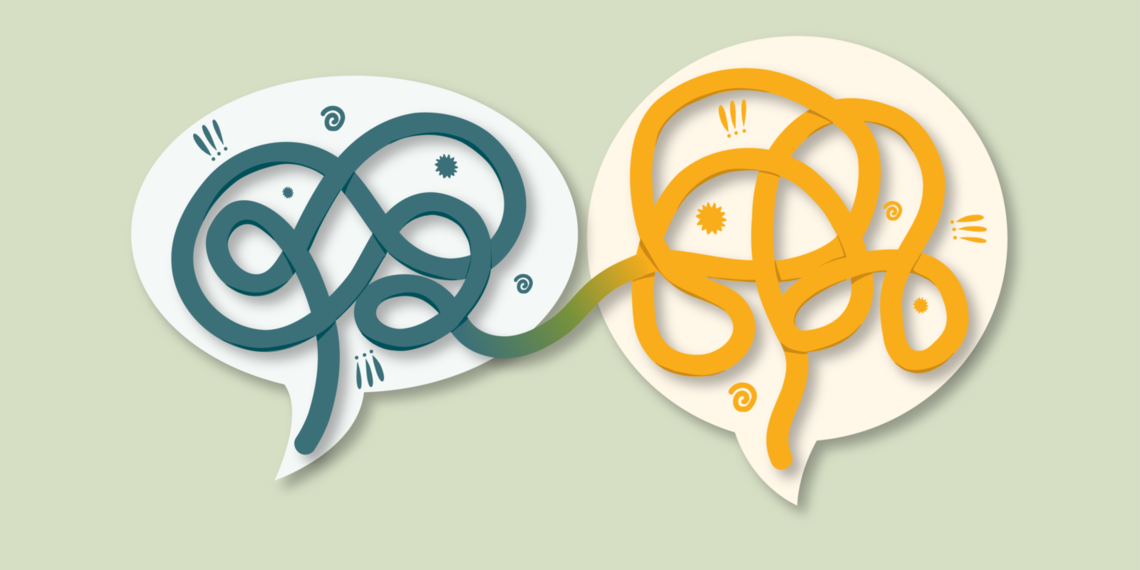The Complete Clinician Model Toolkit
This article is part of the Complete Clinician Model Toolkit.
The toolkit provides resources for individuals and teams to build and integrate relationship management skills into daily training and work.
isagreement is a normal, healthy part of human interaction. But when disagreements become heated and tempers flare, if we’re not careful, disagreement can lean toward incivility. Overt personal attacks, a poor choice of words, or dismissing the input of others can crush a person and create unnecessary psychological distress among teams.
How can we disagree without being disagreeable?
1. Acknowledge what you’re feeling
Harvard psychologist Susan David calls our emotions “signposts”—they signal things we care about. For physicians and many of the advanced professionals in care delivery, when someone challenges our decisions, it can feel like a challenge to our expertise. Feelings of anger (Why aren’t they listening to me?) or fear (Am I wrong?) creep in and the amygdala takes over, hijacking our emotions. Having emotional agility—the ability to manage one’s thoughts and feelings in a mindful, values-driven and productive way—can help you move through these feelings in an effective manner.
The act of putting words to the emotion—affect labeling—can diminish emotional reactivity. Often called “name it to tame it” simply identifying the underlying emotion calms us down. Over the past few years, we’ve all been through a lot. Sometimes it can be challenging to be our best selves. But taking out our frustrations on colleagues erodes the trust necessary to maintain a high performing team. Practicing self-awareness by controlling our temper and tone of voice, asking questions and staying open to the other person, is essential for exceptional patient care.
2. Drop the rope—connect with the person while identifying the problem
All negotiations—regardless of the setting in which they take place—rest on two big priorities: results and relationships. It’s not a "one or the other" tug-of-war proposition. In order to get results, you have to start with the relationship.
It’s easier to disagree with a stranger. If you don’t know the individual on a personal level—perhaps it’s a patient, caregiver, or a short-term team member—step back and get to know them. Start by asking a simple question: “Help me understand...” Take a few moments and try to understand what matters most to that individual. After all, you never know, perhaps they do have a better way. When you understand their concerns or perspective, it helps clarify where dialogue is breaking down.
It's also important to note that the vast majority of the time, people are not the problem: instead, people solve problems. When you take the time to get to know the other party by asking questions, seeking to understand, and reasoning out the crux of the issue, it's possible to get the results we want without ruining our relationships.
More Resources
Interactive Team Cognition
This paper explores a theory of team collaboration and how it's an activity tied to context.
3. Solve the puzzle together—take a collaborative approach
As an ICU physician I have seen patients deteriorate and even have code events. When this occurs, health care teams react quickly to resuscitate as best we can with a shared and clearly-defined goal to save the patient. Disagreements can occur in these high stress and high acuity situations, and excellence demands that we approach resuscitation collaboratively, as time is of the essence. When not faced with life or death decisions, collaboration is still the best way forward.
Embrace a growth mindset: we can all learn to stay open, curious and maintain a questioning attitude. It takes work, but it sends an unequivocal message of respect. If we understand our own feelings, and then seek to understand what matters most to them, we can collaboratively identify shared purpose—nudging us one step closer to mutual understanding and resolution. When we challenge each other as professionals, continuously seeking a better approach, we generate a creative friction that can lead to new solutions.
It's not easy, but it's worth it
Disagreements during our careers are inevitable. We’ve all had some, and will have some more. They do not have to be obstructive to team improvement and collaboration. When you come across your next disagreement, take a moment to identify any negative emotions, connect with the person while identifying the problem, and be curious about collaborative opportunities. This will not always be easy! If we are introspective about our own responses to disagreement and aim to improve ourselves, our teams will continue their transformation to excellence. As we disagree, let’s promote thoughtful collaboration to benefit our patients, our teams and ourselves without the unnecessary addition of being disagreeable.
Originally published August 2022
Jared Henricksen
Continually speaking up is one of the most challenging things an employee does, and making it safe to speak up takes consistent supportive leadership. Members of the patient support services team share how to empower employees to highlight issues and provide solutions.
Feedback is a gift—even when it doesn’t feel like it. Senior Director of Care Navigation Stacy Silwany teams up with Organizational Development’s Michael Danielson to share how Care Navigation uses WellCheck survey data to learn from and engage employees in making the workplace better.
Learning to listen is not only a leadership skill—it’s a life skill. Leadership training specialist Jess Burgett shares three practical tips for harnessing the power of listening with intent.
